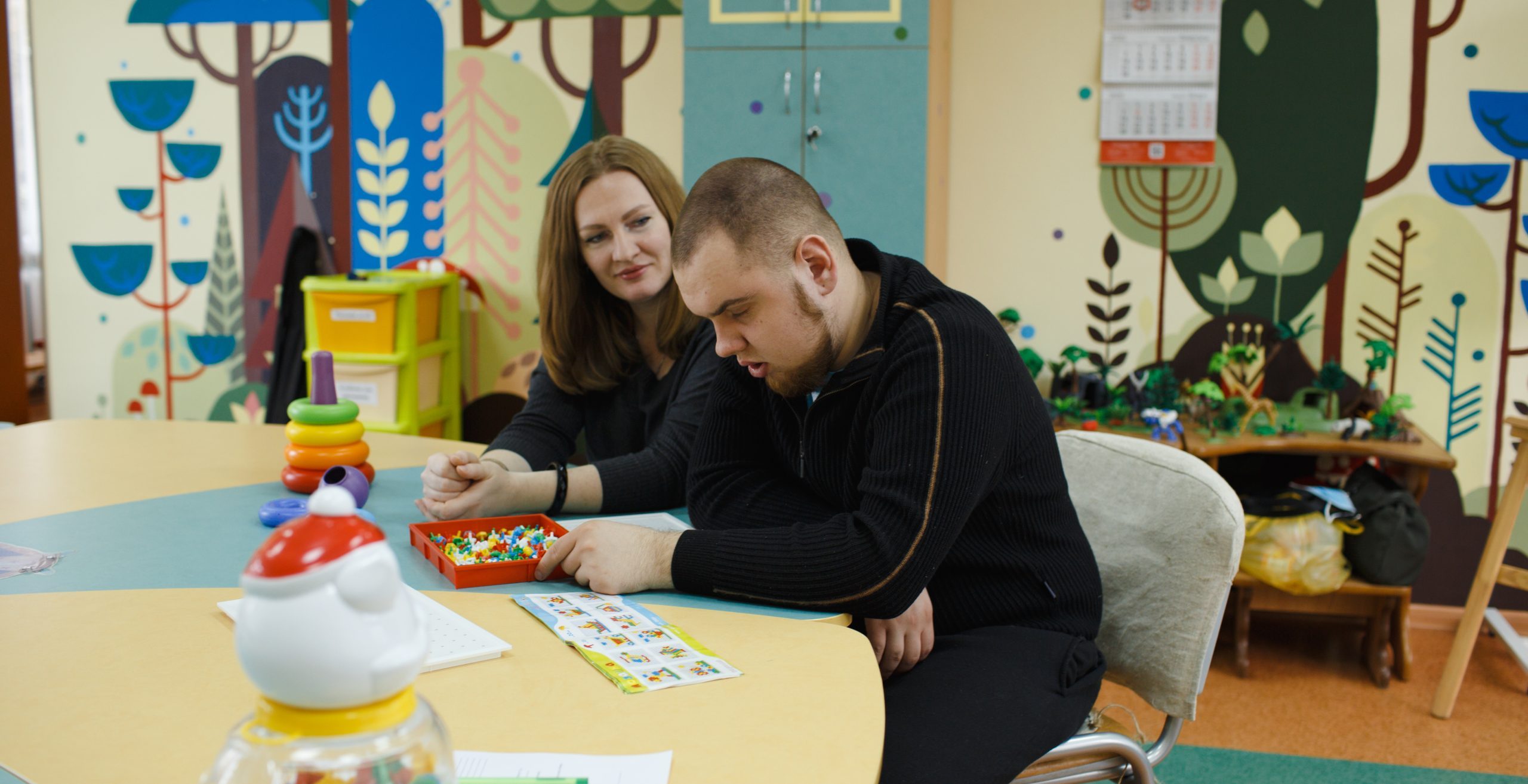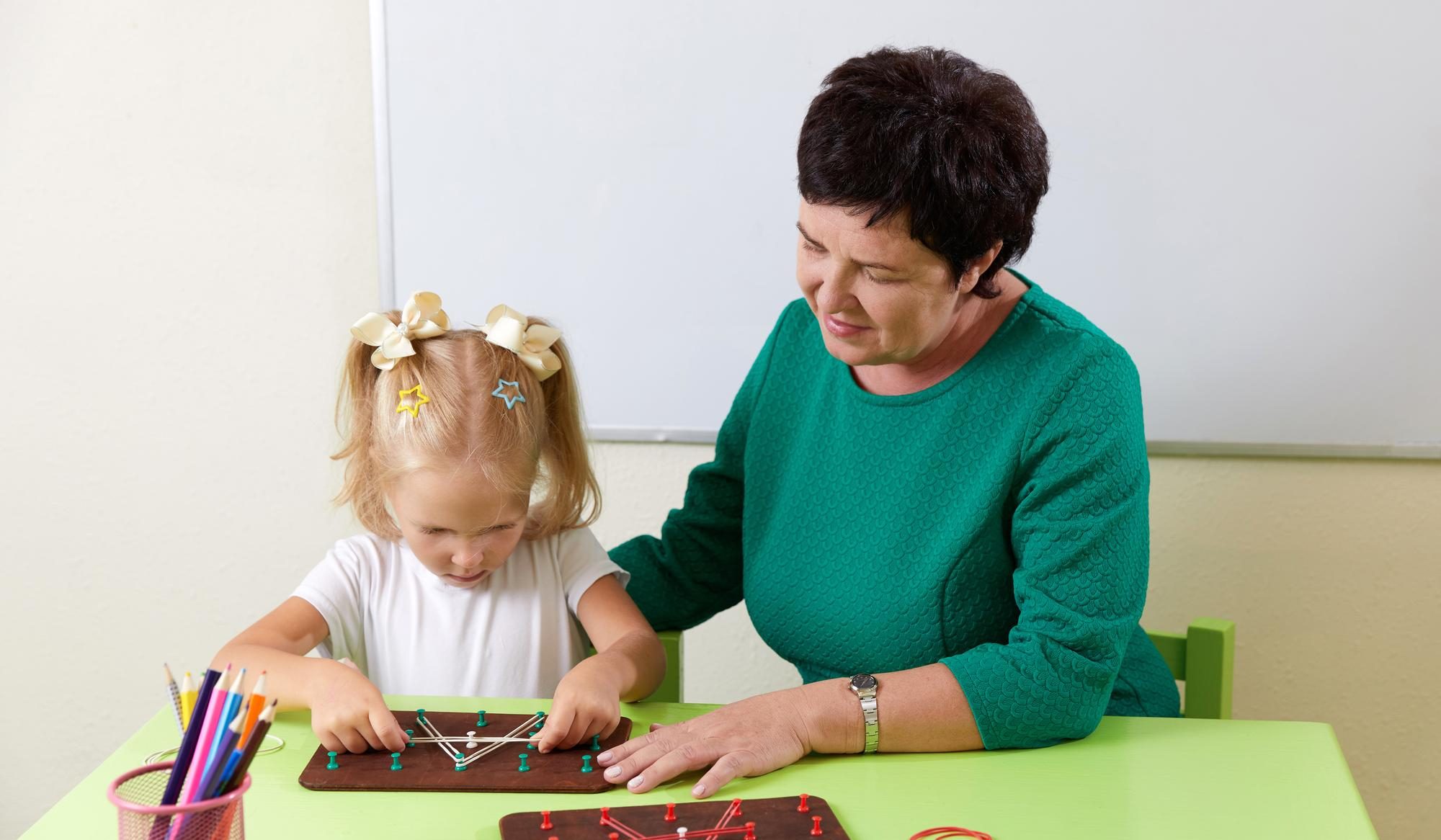Explore the 4 Key Areas of SEND with Sugarman Education
In the education landscape, it is crucial to ensure that every student, regardless of their abilities or challenges, receives the support they need to thrive. Special Educational Needs and Disabilities (SEND) encompass a wide spectrum of requirements, and understanding these needs is paramount for creating inclusive learning environments. Let’s explore the 4 key areas of SEND needs and how educators can provide effective support.
Cognition and Learning
Students with cognition and learning difficulties, such as dyslexia or ADHD, may face challenges in processing information or staying focused. SEN teachers can use strategies like breaking down tasks into smaller steps, providing visual aids, and incorporating hands-on activities to accommodate different learning styles and pace.





